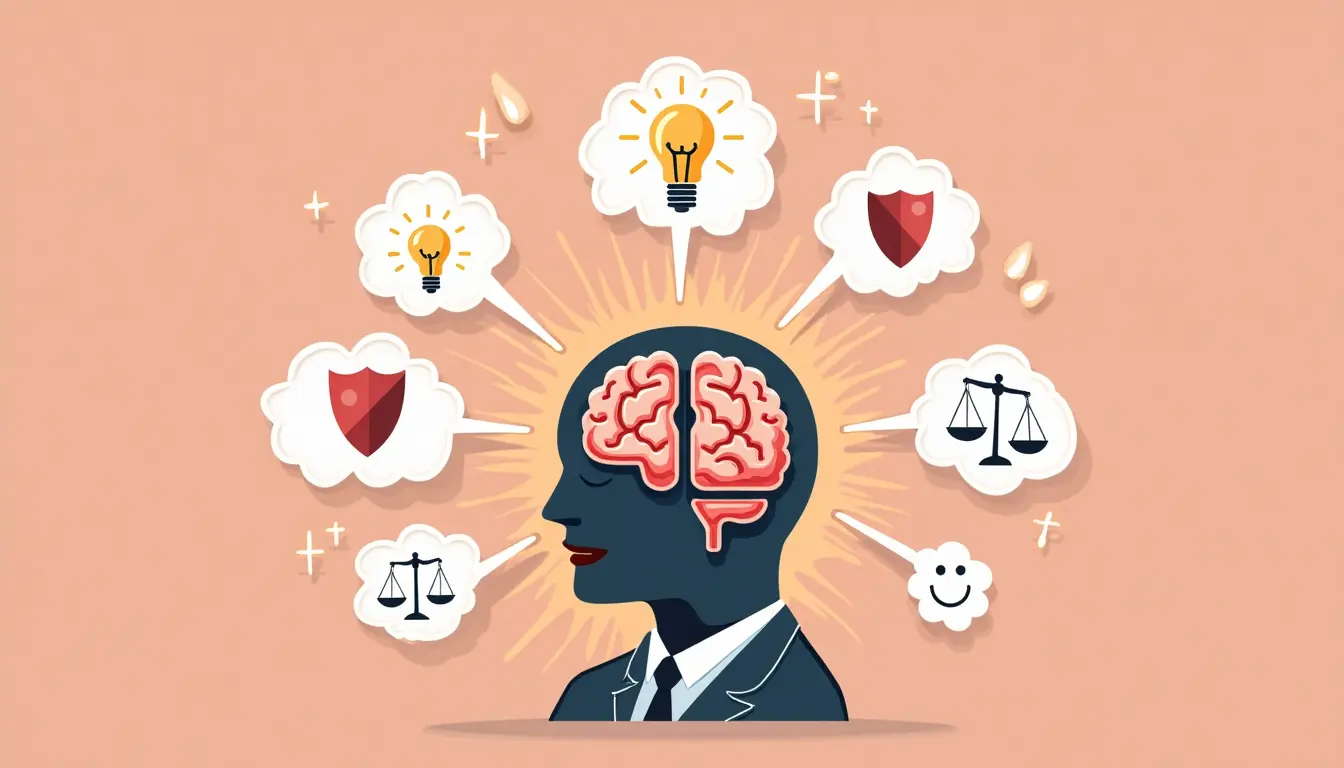What is Customer Negotiation?
Customer negotiation is the process of reaching a mutually beneficial agreement between a customer and a business. It involves understanding the customer’s needs, wants, and limitations, and finding a solution that satisfies both parties. Effective customer negotiation is crucial in building strong relationships, increasing customer loyalty, and driving business growth.
Customer negotiation is not just about winning or losing; it’s about finding a middle ground that benefits both parties. It requires active listening, empathy, and creative problem-solving. By understanding the customer’s perspective, businesses can tailor their offerings to meet their needs, resulting in increased customer satisfaction and loyalty.
The Importance of Customer Negotiation
Customer negotiation is essential in today’s competitive business landscape. It helps businesses to:
-
Build trust and rapport with customers
-
Increase customer loyalty and retention
-
Drive revenue growth through upselling and cross-selling
-
Gather valuable feedback and insights from customers
-
Differentiate themselves from competitors
In addition, customer negotiation can help businesses to identify and address potential issues before they escalate into major problems. By listening to customer concerns and addressing them promptly, businesses can prevent negative reviews, complaints, and even lawsuits.
Effective Customer Negotiation Strategies
To negotiate effectively with customers, businesses should:
-
Listen actively: Pay attention to the customer’s needs, concerns, and limitations.
-
Empathize: Put yourself in the customer’s shoes and understand their perspective.
-
Be transparent: Clearly communicate the business’s policies, procedures, and limitations.
-
Be flexible: Be open to finding creative solutions that benefit both parties.
-
Use positive language: Focus on what can be done, rather than what can’t be done.
For example, instead of saying “We can’t offer a discount on this product,” say “I understand you’re looking for a better deal. Let me see what I can do to help you.” This approach shows that you’re willing to listen and find a solution that works for both parties.
Common Customer Negotiation Scenarios
Customer negotiation can arise in various scenarios, including:
-
Price negotiations: Customers may request a discount or a better price for a product or service.
-
Product or service customization: Customers may request modifications to a product or service to meet their specific needs.
-
Return or refund requests: Customers may request a return or refund for a product or service that didn’t meet their expectations.
-
Complaint resolution: Customers may complain about a product or service and request a resolution.
In each scenario, businesses should remain calm, professional, and customer-centric. By listening to the customer’s concerns and addressing them promptly, businesses can resolve issues quickly and efficiently.
The Role of Technology in Customer Negotiation
Technology can play a significant role in customer negotiation by:
-
Facilitating communication: Chatbots, email, and social media can enable quick and efficient communication with customers.
-
Providing data insights: CRM systems and analytics tools can provide valuable insights into customer behavior and preferences.
-
Streamlining processes: Automation and workflow management tools can streamline negotiation processes, reducing the time and effort required to resolve issues.
For example, a chatbot can help customers to quickly resolve simple issues, freeing up human customer support agents to focus on more complex negotiations.
Best Practices for Customer Negotiation
To negotiate effectively with customers, businesses should:
-
Know their limits: Understand the business’s policies, procedures, and limitations.
-
Stay calm and professional: Remain composed and professional, even in difficult situations.
-
Focus on solutions: Look for solutions that benefit both parties, rather than focusing on winning or losing.
-
Communicate clearly: Clearly communicate the business’s position and any agreements reached.
-
Follow up: Follow up with customers to ensure that agreements are implemented and issues are resolved.
By following these best practices, businesses can build trust and rapport with customers, increase customer loyalty, and drive business growth.
FAQ
What is the goal of customer negotiation?
The goal of customer negotiation is to reach a mutually beneficial agreement between a customer and a business.
What are some common customer negotiation scenarios?
Common customer negotiation scenarios include price negotiations, product or service customization, return or refund requests, and complaint resolution.
What are some effective customer negotiation strategies?
Effective customer negotiation strategies include active listening, empathy, transparency, flexibility, and using positive language.
How can technology facilitate customer negotiation?
Technology can facilitate customer negotiation by providing data insights, streamlining processes, and facilitating communication.
What are some best practices for customer negotiation?
Best practices for customer negotiation include knowing your limits, staying calm and professional, focusing on solutions, communicating clearly, and following up.
Conclusion
Customer negotiation is a critical aspect of building strong relationships with customers. By understanding the customer’s needs, wants, and limitations, businesses can tailor their offerings to meet their needs, resulting in increased customer satisfaction and loyalty. By following effective customer negotiation strategies and best practices, businesses can drive revenue growth, increase customer loyalty, and build a competitive edge in the market.







Leave a Reply